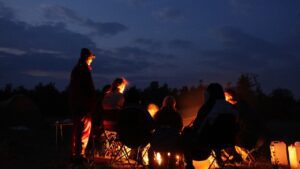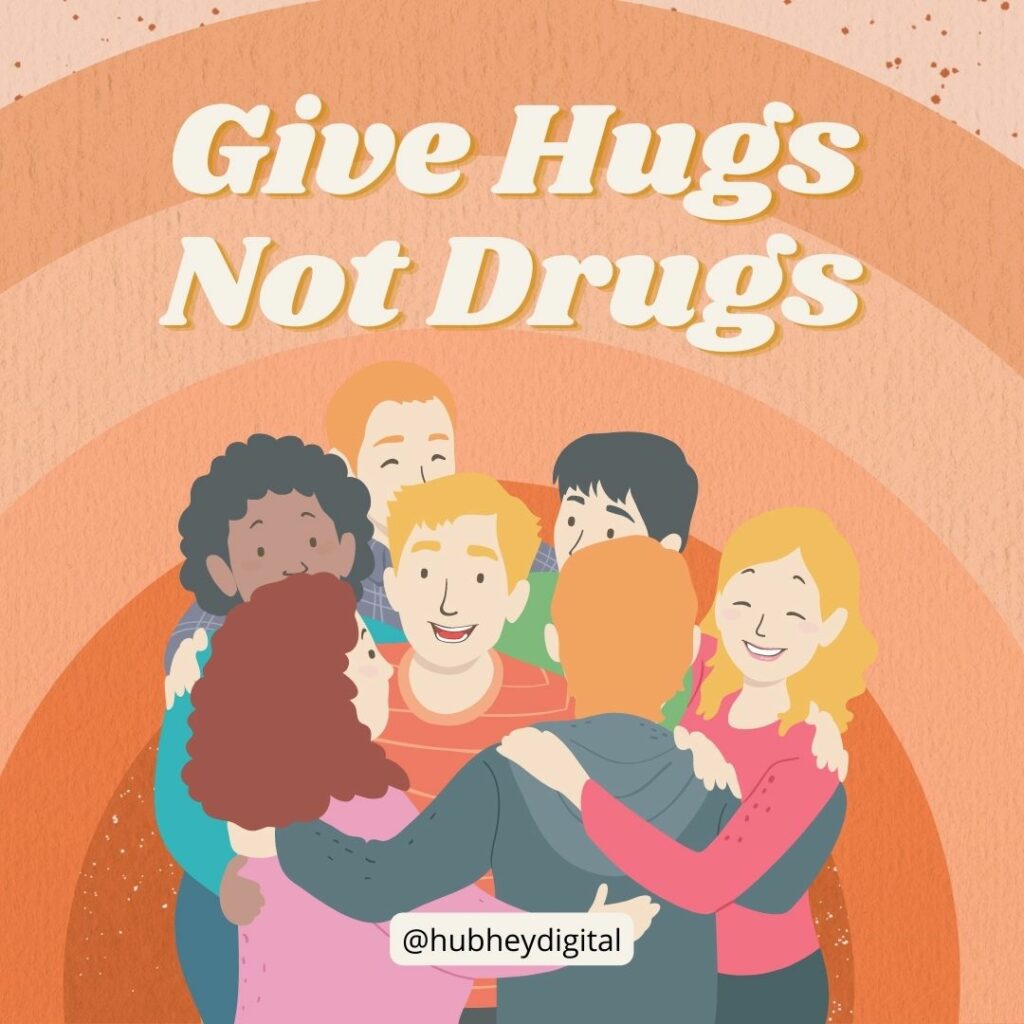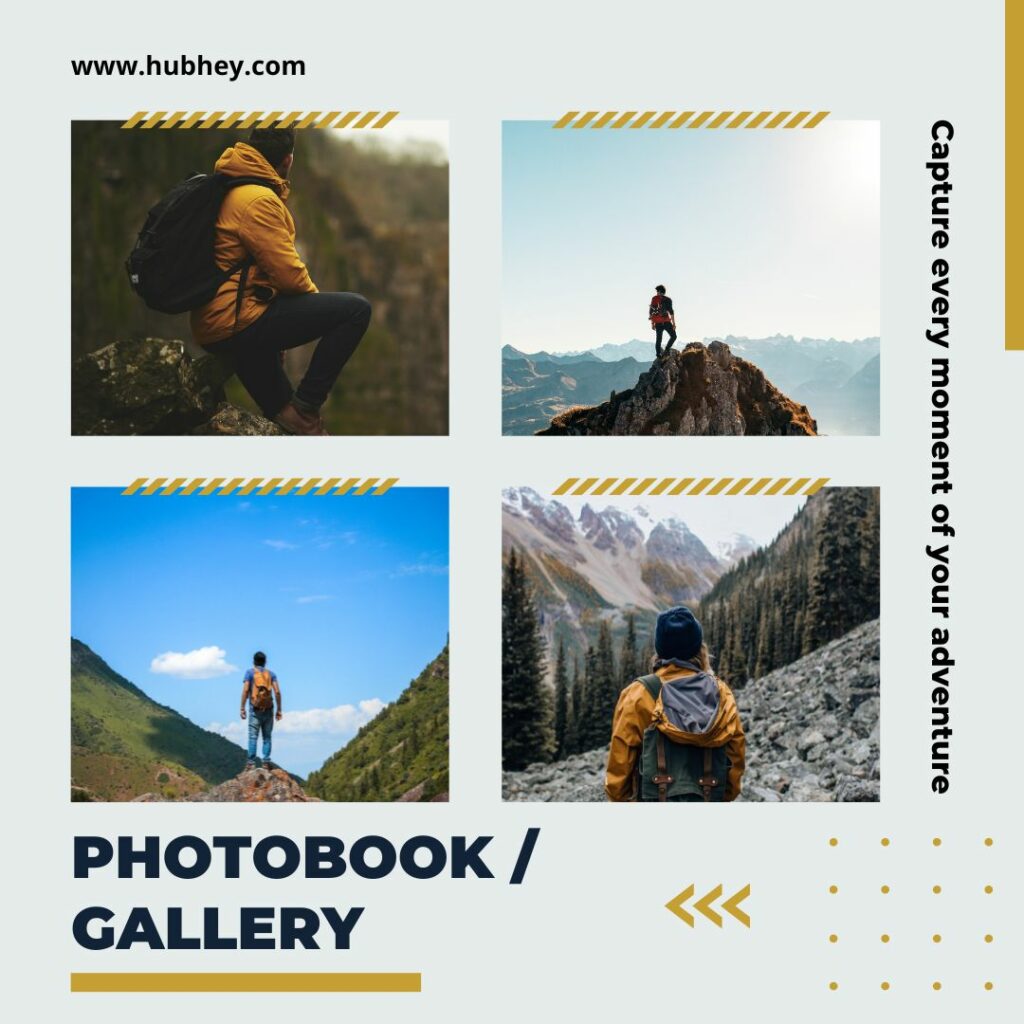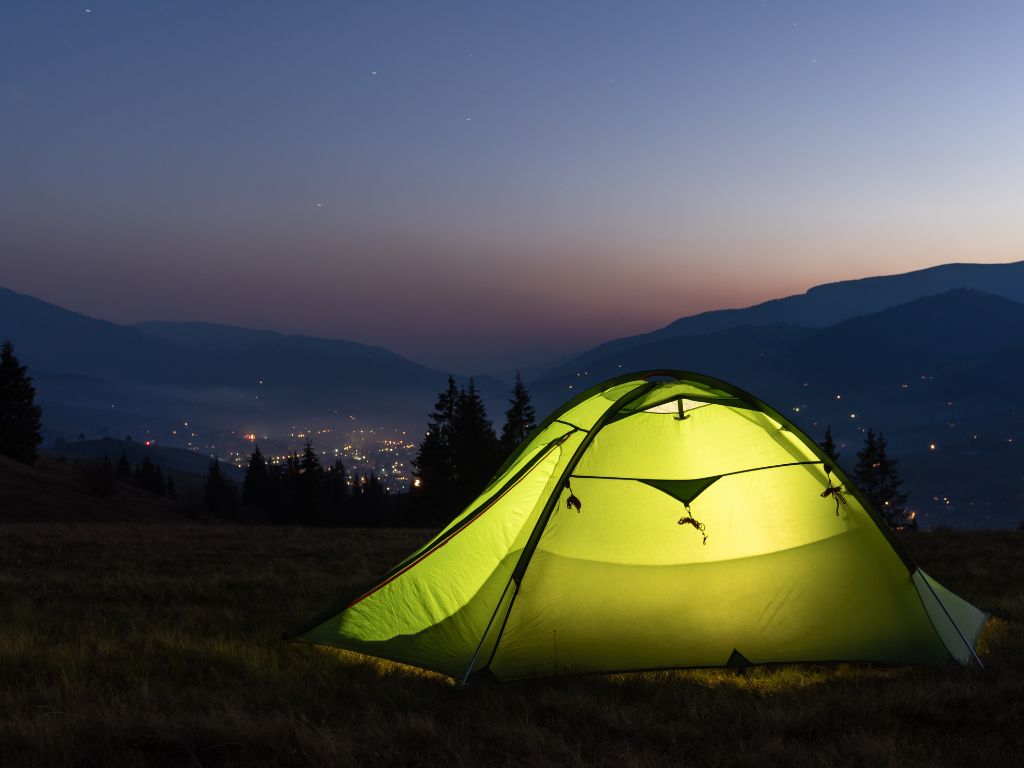Tips To Help You For Trekking
For many, trekking can be intimidating, especially if you don’t do it regularly or at all.
Table of Contents
But by taking the right precautions before you embark on your trek, you can ensure that the experience will go as smoothly.
You’ll have the opportunity to make great memories along the way.

These 10 tips will help prepare you for trekking no matter how much or how little experience you have with it already.
1. Preparation
Before you embark on your trek, be sure to take the following precautions:
- Find out about the terrain ahead of time.
Local weather conditions and what kind of equipment will be required for the hike should be researched before you go.
- Pack carefully.
Bring plenty of water, snacks, and sunscreen to keep you healthy during your journey.
- Let someone know where you are going and when they can expect to hear from you again.
Be sure not to divulge any specific information that could put yourself or anyone else in danger if it falls into the wrong hands.
Instead, just let them know you are going hiking in a particular area so they know where to start looking for you if needed.
- Avoid bringing valuables with you.
You might want to leave these at home or in a safe place while you’re away, but don’t bring anything valuable with you because there is always the chance it will get lost or stolen along the way.
- If possible, trek with a partner who knows first aid.
2. The Right Gear
Don’t forget to pack the right gear for your trek. Here are 10 items to take with you:
1) A first aid kit and medical supplies.
2) Enough food and water for all days of your trek.
3) Extra clothes, hat, gloves, socks, wool blanket.
4) Map of the area you are visiting or that is in front of you on the ground so you know where you have been and where you can go next.
5) Flashlight or headlamp with extra batteries and bulb if needed.
6) Bug repellant (remember mosquitos love dark clothing).
7) A knife to cut bandages out of clothing if needed for an injury.
8) Sunblock and insect repellant lotion (you want skin protection from harmful UV rays, insects like mosquitoes carrying diseases such as malaria, dengue fever, West Nile virus, Lyme disease, Eastern Equine Encephalitis Virus),
9) Trekking poles – these give your arms a break from heavy loads carried during the trek. Poles also help with shock absorption for some terrain such as deep sand or rocky mountain paths. They can be used to brace yourself when climbing uphill too! Trekking poles make the trekking experience easier by decreasing fatigue in muscles over long distances.
10) Finally – wear comfortable shoes that fit well! Blisters aren’t fun to deal with!
3. Acclimatization
The body needs time to adjust to changes in altitude.
The best way to acclimatize is to take it slow and avoid getting out of breath by avoiding activities like running, aerobic exercises, or any other type of heavy exertion.
You should also drink plenty of water and avoid alcohol, caffeine, or sugary drinks while you are adjusting.
It is important not to go straight from your home elevation up into the mountains without stopping at an intermediate elevation first because this can lead to altitude sickness that can quickly become life-threatening.
If you do find yourself experiencing symptoms of altitude sickness (coughing, headache, nausea) it’s best to stop what you’re doing and slowly descend until the symptoms go away.
Another precaution worth mentioning is don’t try to save money by not taking a guide or porter with you when trekking.
4. Stay Hydrated
The key to success is preparation and knowing the right precautions to take.
One of the most important things you can do is stay hydrated. Make sure you drink plenty of water before, during, and after your trek.
This will prevent dehydration which can lead to heat stroke or an acute kidney injury.
In addition, make sure you are eating enough calories and electrolytes to compensate for your sweat loss and replenish nutrients that have been depleted from your body.
5. Stay Alert (seven sentences)
Watch out for any signs of altitude sickness such as difficulty breathing, chest pain or pressure, nausea or vomiting, excessive fatigue, dizziness, or lightheadedness.
6. Let someone know where you are going.
When hiking, it is important to always let someone know where you are going and how long you will be gone.
Check the weather forecast before departing on any hike. Also, make sure to pack food and water for your journey, as well as a map of the area.
Lastly, be mindful of wildlife and do not approach them unless they have approached you first.
If an animal approaches you while you’re trekking, back away slowly.
You can also shout Back off! or use a loud noise like clapping or blowing air through a whistle if you have one.
Stay calm and continue to move away from the animal if it follows you, but avoid making eye contact with them.
7. Enjoy the views.
Indeed, you should always be on the lookout for potential dangers while you are out and about.
But don’t let that spoil your experience of the world. It’s all about balance.
Keep in mind these ten precautions and make sure to enjoy the views! -Be aware of possible weather conditions
-Plan for altitude changes
-Know the difference between alpine & lowland regions
-Treat water from streams before drinking it
-Watch out for animal bites or stings
-Carry personal supplies (i.e., food, water) if needed
-Prepare adequately if bad weather occurs; never travel alone
8. Avoid being in dark areas.
Numerous dangers await you in the dark, so don’t venture into any unknown caves or caverns.
The same goes for being out too late at night: be sure to have your light on and keep an eye on those around you.
Even if you’re on a guided tour, know where the nearest exit is in case of an emergency.
Be aware of poisonous plants that might appear alongside paths. Always tell someone responsible (such as someone on the trek) where you are going and what time they can expect you back.
In addition, try not to explore high-up peaks without expert guidance.
9. Campfires can be dangerous.
Campfires can be dangerous.
Be sure to get permission from the landowner before building any fires, and if at all possible use portable stoves for cooking.
If you’re going to build a fire, make sure it’s in an appropriate place – never start a campfire on dry leaves or pine needles, as they’ll catch fire quickly and spread.
Keep children away from the fire and teach them what to do if they see someone else has started one without adult supervision.
Put out your campfire with dirt or water before you leave.

10. Do not use your phone at night.
One of the most important safety precautions to take when trekking is not to use your phone at night.
You need to disconnect for a few days, or better yet, just leave it behind.
Phones are so distracting, that you will probably find yourself using them way more than you mean to and this can lead to some serious consequences.
One of the worst things that could happen while you are out on the trail is getting lost because you were trying to text someone back instead of paying attention.
It’s also really easy for people who don’t know you well enough (or want your phone) to reach out and take it from you.
That being said, if there are other items on your packing list that are more important than your phone, go ahead and bring them with you!
11. If lost or injured, stay put.
If you become lost or injured, stay put. It’s important to have an idea of the direction you came from and where you need to go.
Calling for help could bring rescuers in the wrong direction, making it harder to find you.
If your phone has enough battery life and reception, dial 911 or contact your local authorities as soon as possible to let them know that they need to start looking for you.
If your phone is out of battery or doesn’t have any reception, wait until morning when there’s more light before trying to start walking again.
Use rocks or sticks to create markers on the ground so that if a search party comes by they’ll be able to follow the trail back and pick up your scent on their way out.
Trekking can make you enjoy the simple joys of nature; lush greenery, a variety of trees, wildflowers growing on mountain slopes, and gorgeous meadows and suddenly you realize it’s time to go back to nature!
But you need to take some precautions to make it an enjoyable and ever remembering trip.
Besides this, Some important precautions that you must take care
- Check your shoes always before putting them back on
If you have taken out your shoes at night or anytime to relax your legs then remember to check it once before putting the legs in.
In the wilderness, there are a lot of insects, ticks, and allergens. So, it’s better to be alert and protect yourself from unwanted dangers.
Alongside this, your dry shoes can become wet by water or by ice. Check before you step foot in.
- Keep your tent closed all the time
To save yourself from unwelcome hazards close your tent if you are inside.
Sometimes, you may leave it open while sleeping due to good weather but remember weather conditions change frequently and if it turns cold or rains after you sleep then it may affect your health.
- Never wear earphones on a trek
It distracts. You may leave yourself unaware of the talks of fellowman or guide. And by this, you are mistakenly putting yourself at risk. As you didn’t gather the correct information due to earphones and are thus less aware of the surroundings.
Now, you can’t hear the necessary signs to alert yourself to animals, waterfalls, and other jeopardy of the jungle.
- Avoid alcohol and never take drugs
It is a must to avoid. Even if you are a daily drinker but avoid the daily surge of intoxication. If you think that taking pegs at night will not affect you then you are absolutely wrong. This will hamper your next day in activity.

Not only at night but also while trekking avoids it. Because you may lose the right trek and intoxication slows the brain. It hampers your decision making which is very important while you trek.






